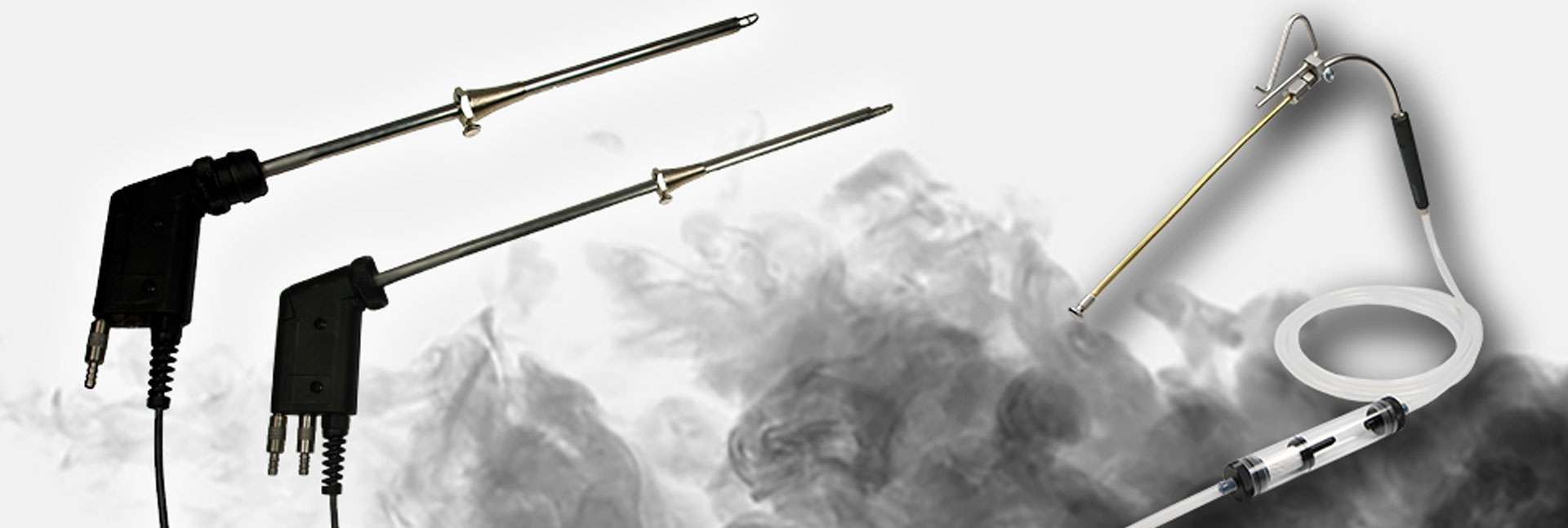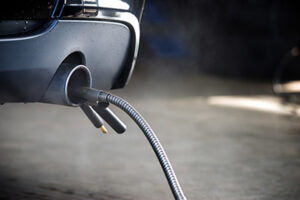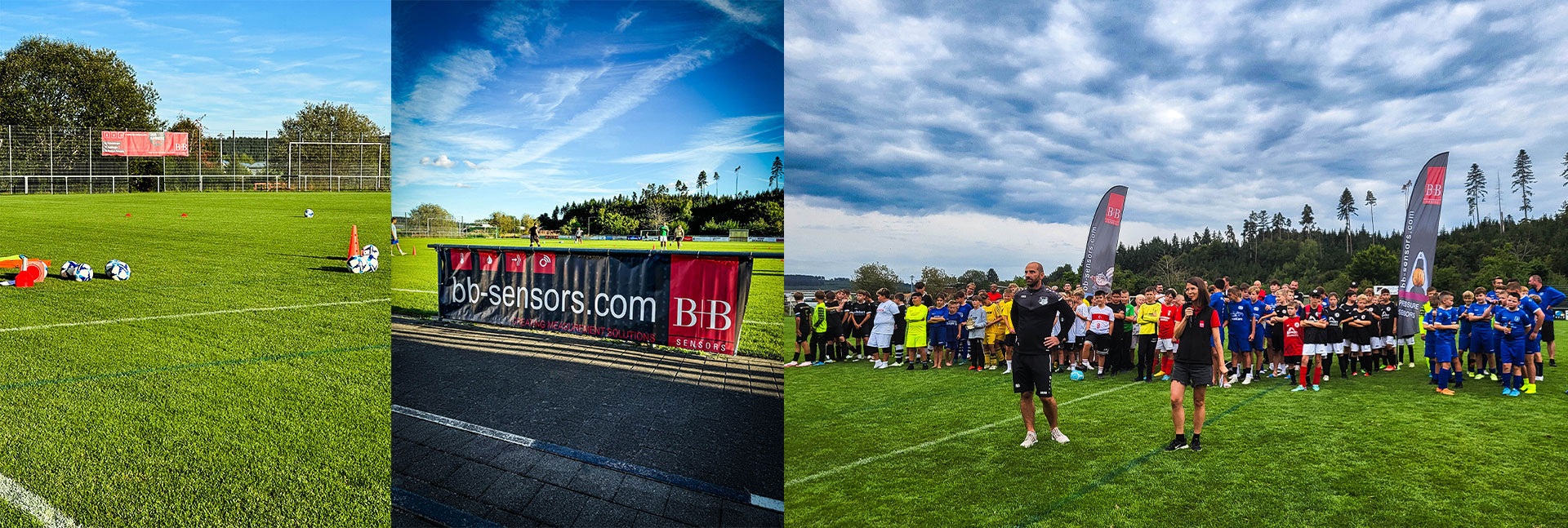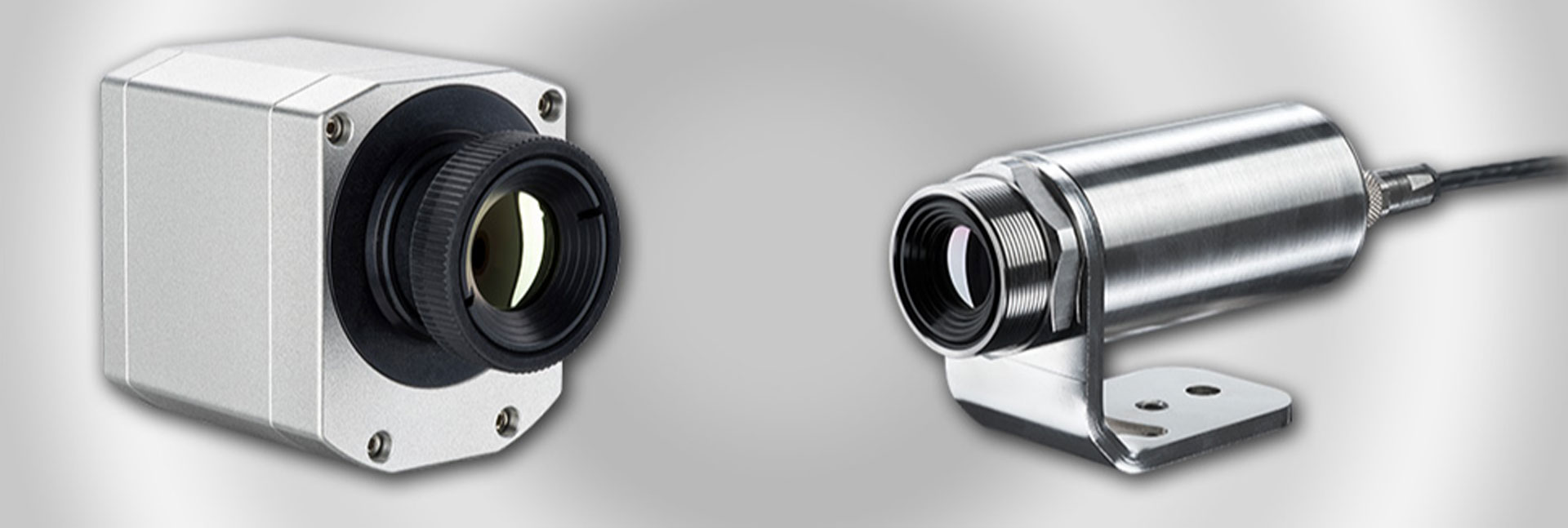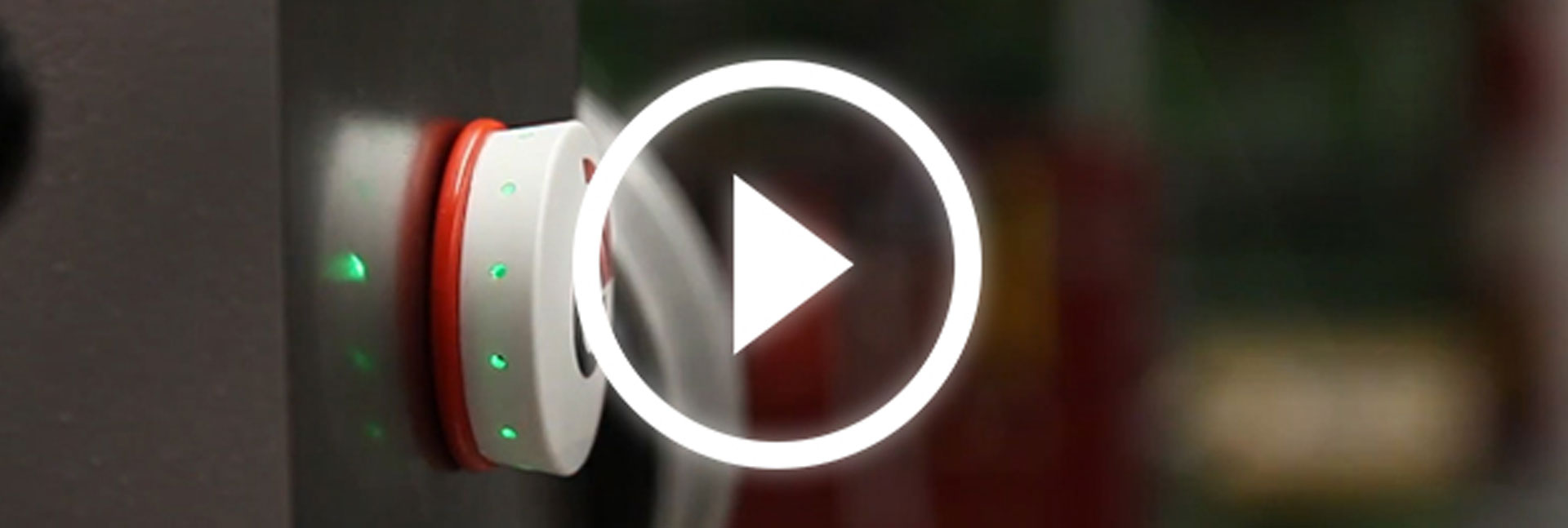Applications flue gas probe
The topic of climate change and environmental protection is omnipresent. Due to the increasingly frequent problems caused by too many emissions, we are now confronted with the topic of emission protection in every situation in life. In order to keep emissions as low as possible, the German government has created a law. This regulation for the implementation of the Federal Immission Control Act, abbreviated BImSchV, is a regulation in which the corresponding emission limits for all equipment and systems and other guidelines / requirements are specified. In order to test the corresponding limit values in an application, a measuring probe is required in addition to an evaluation device. A distinction must be made here between flue gas probes (fire systems) and exhaust gas probes (motor vehicles).
Systems
Whether it is heating per se, or the generation of electrical energy, steam, hot water and also the incineration of waste and old materials: combustion plants are unavoidable in industry and building technology. However, this also means that there is an incredibly large number of different combustion plants, diverse types of plants with different fuels and emission levels, which must be monitored by different flue gas probes.
The plants must be efficient and economical for both the operator and the legislator. This saves money, time and emissions. To ensure this, regular monitoring is recommended and in some cases even mandatory. The measurement takes place in the direct flue gas flow of the chimney to ensure compliance with the limit values.
Depending on the system, various limit values must be complied with, which are checked with the aid of the appropriate flue gas probe and an evaluation device. The spectrum ranges from simple temperature and gas measurement, through temperature, gas and pressure measurement, to combined temperature, gas, pressure and soot measurement. The temperature is measured in order to be able to guarantee gas sampling at the hottest point. Only then does the sampling comply with the guidelines and can be recognized as an official limit measurement. The pressure can additionally be measured to determine the flow velocity in the flue.
Various probe tube designs, partly separate pressure and gas paths and different accessories support to get the exact measurement results.
Exhaust gases contain, among other things, CO2, CO, oxides and soot particles. These promote climate change and are both harmful to the environment and to health. Monitoring the combustion process with the help of a professional flue gas probe helps to reduce emissions and thus protects the environment, ensures the most efficient use of the plant and compliance with the legally prescribed limits.
Cars
The number of registered passenger cars on German roads is increasing every year, and road traffic is one of the main sources of air pollution in our cities. Car manufacturers are therefore obliged to comply with exhaust emission limits and to develop and produce according to corresponding specifications. In order to be able to control these limits both in the development and production of the vehicles and in their subsequent constant use by the end consumer, sensitive measurement technology is required that can precisely measure the exhaust gas values.
Since 1985, exhaust emission testing has been mandatory at regular intervals for all motor vehicles in Germany. Today, this measurement is part of the general inspection, which is carried out around 24 million times a year. Thus, for more than 30 years, the exhaust emission test has helped to ensure that vehicles with conspicuous exhaust emission behavior can be detected and repaired quickly, easily and cost-effectively.
In the exhaust emission test, a measuring probe (exhaust probe) is inserted into the vehicle’s exhaust and a measurement is taken when the engine is warm. What exactly is measured depends on the engine and the exhaust gas cleaning system of the vehicle. For gasoline engines, the CO (carbon monoxide), HC (hydrocarbon), O2 (oxygen) and Nox (nitrogen oxides) values are measured at increased engine speed at idle. These values may only be present in the exhaust gas in specified quantities. In comparison, the density of soot particles is measured in the diesel engine, as these are mainly produced in the diesel engine and must therefore not exceed a specified value. The measurement takes place during free acceleration.
Other interesting topics
Newsletter registration
Stay up to date with us free of charge. Don't miss any more news, novelties or information with our free newsletter!

